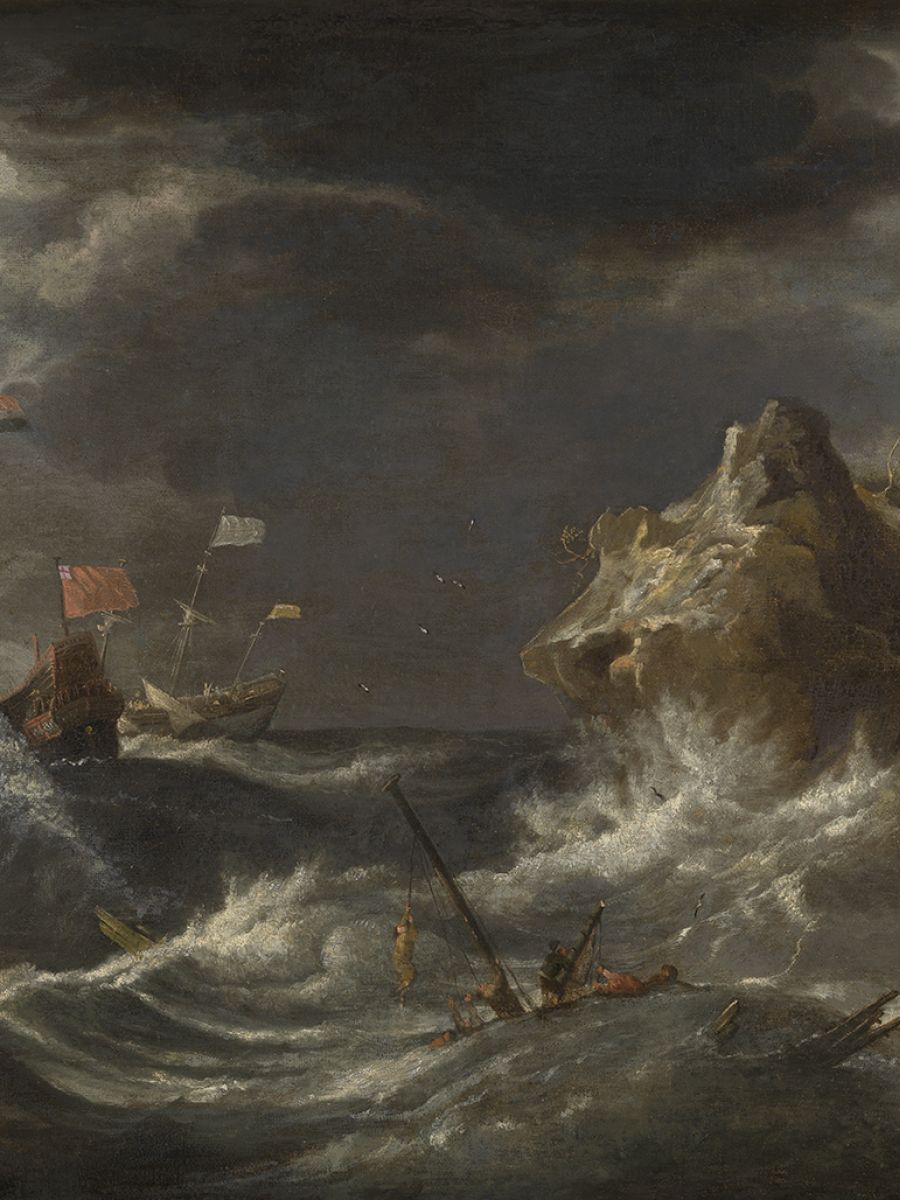Max Rooses:
reconstructing
a scattered archive

Max Rooses (1839-1914) is een belangrijke figuur binnen de Vlaamse cultuurgeschiedenis. Zijn archief zit verspreid over verschillende instellingen: Het Rubenianum, het Letterenhuis, Museum Plantin-Moretus en het KMSKA. Zij slaan nu de handen in elkaar om het archief van Rooses digitaal te reconstrueren.
Who was Max Rooses?
Rooses was a literary historian, critic, journalist and the first curator of the Plantin-Moretus Museum. He co-founded the newspapers and magazines Het Volksbelang, De Vlaamse Gids and De Nieuwe Gazet and served as chairman of the liberal Willemsfonds, founded to promote Flemish culture and language. Rooses’ contribution to numerous commissions and associations enabled him to make his mark on the cultural and political developments of his time.
How was Rooses connected to the KMSKA?
Max Rooses was a celebrated Rubens scholar, who worked between 1886 and 1892 on a five-volume catalogue of the artist’s work: L’oeuvre de P. P. Rubens: histoire et description de ses tableaux et dessins.
In 1900, Rooses presented the museum with over 700 prints and photographs relating to Rubens’ oeuvre. He also sat on the board of Artibus Patriae – an association of artists and art lovers that purchased works for the museum collection. The museum acquired the painting Storm at Sea from him in 1880.

Storm at Sea - Pieter Mullier I, the work was still attributed to Van Ruisdael in Rooses’ day.
Where is Rooses’ archive located?
Precisely because he was so versatile, Rooses’ documentary legacy was spread across several different institutions in Antwerp: the Rubenianum, the Letterenhuis, the Plantin-Moretus Museum and the KMSKA.
These worked together in 2020 to map the full extent of the scattered archive, as part of a catch-up effort to register their collections digitally. The Rubenianum took the lead in partnership with the other three repositories and with Archiefbank Vlaanderen, an umbrella organization for public and private archives in Flanders.
What form will this reconstruction take?
The archives are registered in a precise and uniform way. We reconstructed their context and digitizing a selection of the documents, which are made available for consultation through open-access initiatives like dams.antwerpen.be, the City of Antwerp’s cultural heritage portal. We’re also keen to track down documents that have found their way into other collections.
The results of the project are shared via a web exhibition at archiefbank.be, articles in scholarly journals and a final report in the FARO project bank.
In this way, a scattered archive assembled by a major cultural figure will be opened up to a wide and international public. The initiative will pave the way towards more in-depth research in fields such as history, art history, literature, politics and sociology.
This project has been made possible by subsidies from the Flemish Government.




